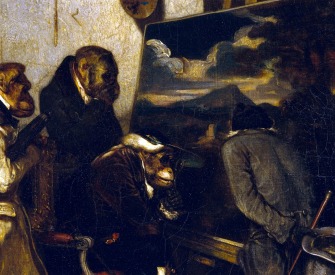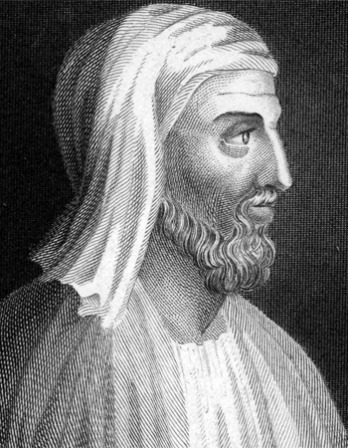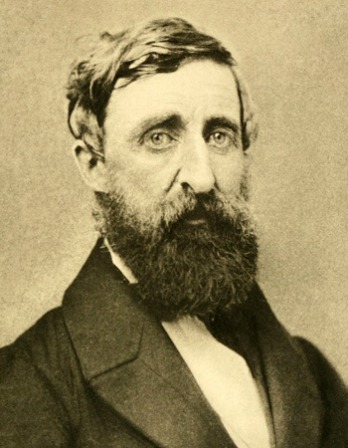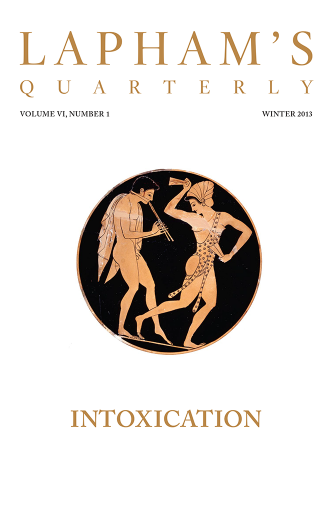The unknown is the largest need of the intellect.
—Emily Dickinson, 1876Through a Looking Glass
The indestructible fly.
It is a creature active and nimble, so as there are very few creatures like it, whether bigger or smaller, insomuch that it will scape and avoid a small body, though coming on it exceeding swiftly, and if it sees anything approaching it which it fears, it presently squats down, as it were, that it may be the more ready for its rise.
Nor is it less hardy in the winter, then active in the summer, enduring all the frosts and surviving till the next summer, notwithstanding the bitter cold of our climate; nay, this creature will endure to be frozen and yet not be destroyed, for I have taken one of them out of the snow whereon it has been frozen almost white, with the ice about it, and yet by thawing it gently by the warmth of a fire, it has quickly revived and flown about.
This kind of fly seems by the steams or taste of fermenting and putrefying meat (which it often kisses, as it were, with its proboscis as it trips over it) to be stimulated or excited to eject its eggs or seed on it, perhaps from the same reason as dogs, cats, and many other brute creatures are excited to their particular lusts by the smell of their females, when by nature prepared for generation.
One of these put in spirit of wine was very quickly seemingly killed, and both its eyes and mouth began to look very red, but upon the taking of it out and suffering it to lie three or four hours and heating it with the sunbeams cast through a burning-glass, it again revived, seeming, as it were, to have been all the intermediate time but dead drunk and after certain hours to grow fresh again and sober.

Robert Hooke
From Micrographia. While curator of experiments for the Royal Society in London, Hooke devised a compound microscope with an illumination system. The result of years of inspection, Micrographia astonished London with its detailed large-scale illustrations. “Before I went to bed,” wrote Samuel Pepys on January 21, 1665, “I sat up till two o’clock in my chamber reading of Mr. Hooke’s microscopical observations, the most ingenious book that I ever read.”




